Meet elephant expert Paula Kahumbu!
This elephant ecologist is inspiring her fellow Kenyans to protect wildlife…
In a Kenyan grassland, ecologist Paula Kahumbu uses binoculars to watch a baby African savannah elephant stomp playfully through the legs of its watchful family.
Already heavier than an adult human, this calf will become one of the world’s largest land animals, weighing 7 tonnes. But Paula knows that won’t protect it from threats like poaching and habitat loss.
After studying elephants for years, she realised science alone wouldn’t keep them safe from extinction. So, she took action…
Name: Paula Kahumbu
From: Kenya, East Africa
Job: Elephant ecologist, conservationist, film-maker and National Geographic Explorer
Fun fact: People have started called Paula ‘Mama Ndovu‘, which means ‘Mother of Elephants’!
Paula’s inspiration
Paula grew up in Kenya‘s capital city, Nairobi. She loved reading, and her passion for elephants began at her local library.
“I found a book called Among the Elephants, by Iain Douglas-Hamilton,” Paula remembers. “It was about his incredible journey studying elephants. I was transported to lands where the night was filled with the thrilling sounds of Africa, and infected with a bug of curiosity about these extraordinary elephants.”
Douglas-Hamilton got to know each elephant he studied, learning their faces and personalities. It was like nothing Paula had experienced.
“Though I lived in Kenya, I had never seen an elephant close up,” she says. “They were known as terrifying, dangerous creatures. Yet inside this book there were photos of Iain and his family among the elephants. I fell in love with them.”
While Paula admired Iain, she couldn’t imagine being like him. “He was British, he had studied at Oxford University… he was nothing like me,” she says.
But later, she spent two weeks at the Amboseli Trust for Elephants Camp in Amboseli National Park. There, she met two Kenyan women – Norah Njiraini and Soila Saiyalel.
“They knew every elephant in the ecosystem by name, by how they held themselves, and by their personalities,” Paula says. “We drove around and I learned how research is conducted, how you identify individuals, how you study behaviour. I knew then that if they could do it, I could do it.”

Hands Off Our Elephants
After studying elephants for several years, Paula became the boss of elephant charity WildlifeDirect. There, she took to the streets of Nairobi, leading a series of marches that called on the government to protect elephants and rhinos from illegal poachers.
Poachers illegally kill elephants to take their tusks – which are made of ivory – and sell them to produce ornaments, carvings and jewellery.
Thousands of people joined the movement, named ‘Hands Off Our Elephants‘ – and happily, the Kenyan government listened.
Thousands of pounds were donated to help the animals, and train more than 500 new rangers. This reduced poaching by 80%!
Wildlife Warriors
Next, Paula started her own TV show. She shared conservation stories and hoped to inspire other Kenyans to care about nature.
Called Wildlife Warriors, it was the first-ever programme about African wildlife that was made by an African person, for African audiences.
Amazingly, more than half of all Kenyans (over 25 million people) watched it, and it’s now shown in countries all over the continent!
“I’m sharing my excitement about nature by making wildlife films and training African filmmakers,” Paula explains. “This means more people will be able to work as nature filmmakers, and more people can watch amazing films about our extraordinary nature and culture.”
Paula has also produced an incredible four-part series, Secrets of the Elephants, which can be seen on the National Geographic and Disney+ channels!
An amazing encounter
We asked Paula to tell us about one of her most memorable elephant experiences…
“I spent many years studying elephants in the wild, and it was very clear that elephants learn and can tell who is a friend to them. One day I was guiding the American Ambassador, Robert Godec, to Amboseli, and we saw the EB elephant family, which was led by a matriarch named Enid.
I asked Robert if he wanted to say something to her – he looked to the elephants and waved as he whispered ‘Hi, Enid!‘
The family of elephants immediately stopped grazing and started rumbling loudly. The enormous Enid lifted her head and started walking back towards our vehicles. Others followed. She looked right at him, raised her trunk and waved back!
I might have accepted this as a fluke, except it’s happened several times with other elephants.
In South Africa, I met a huge, tame bull named Jabulani. He was moving off into the bush with a group of other bulls, and as I watched him go, I said ‘Goodbye, Jabulani‘. He stopped, turned, came up to me and reached his trunk out to touch me.
I knew then that Enid and Jabulani knew the name we had given them. They understood our greetings and how to copy them. I wish humans spoke elephant and could respond to elephants, as they have learned to respond to us with such dignity and respect.”
What do you think of Paula Kahumbu’s awesome work? Let us know in the comments below!
Photos © WildlifeDirect, courtesy of Whitley Fund for Nature. Illustration © Marek Jagucki.
More Like General Animals
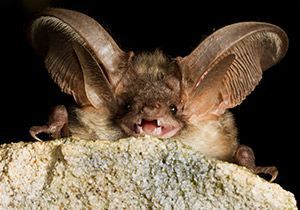
10 brilliant bat facts!
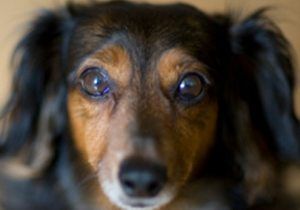
Scientists invent device that lets dogs talk (yes, really!)
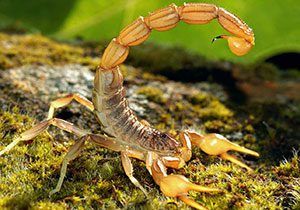
Scorpion facts!
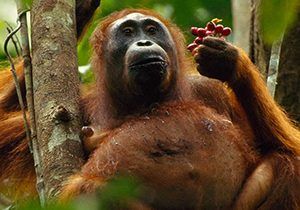

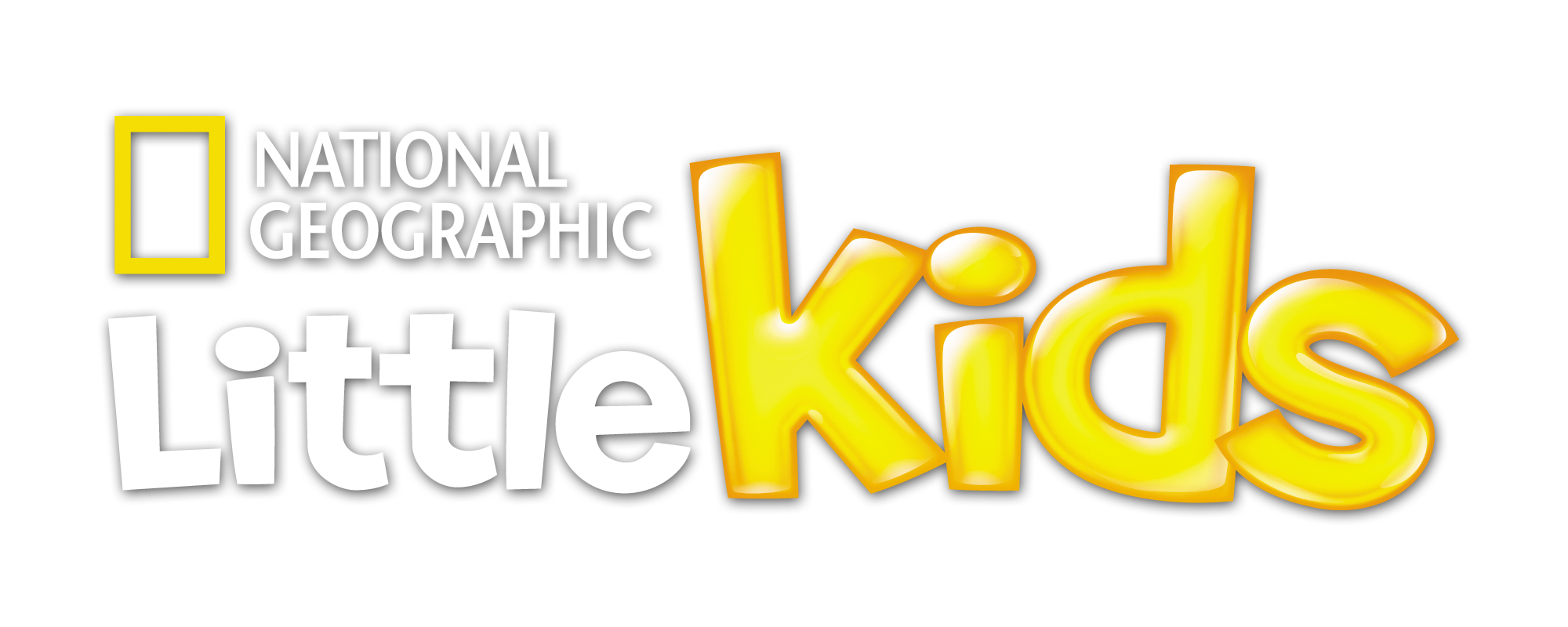




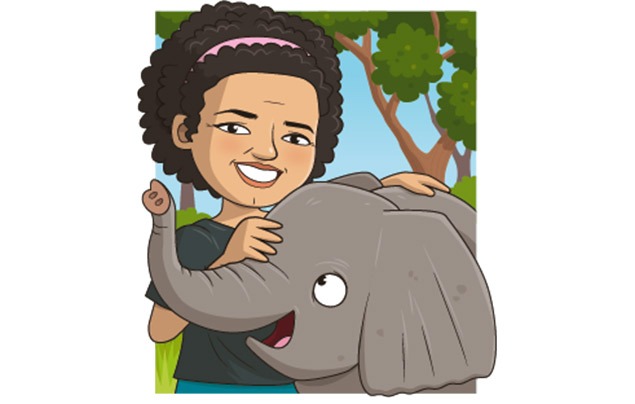

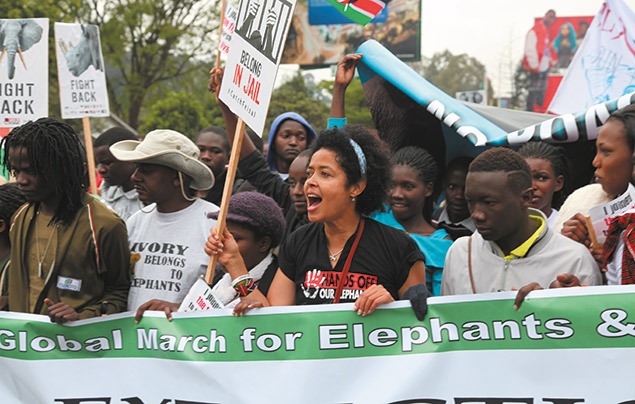
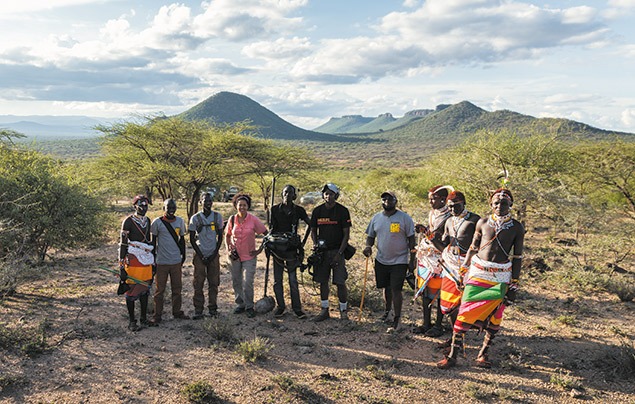
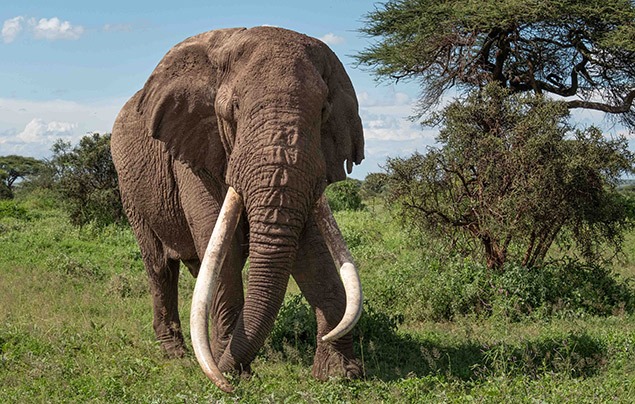




LEAVE A COMMENT
THANK YOU
Your comment will be checked and approved shortly.
WELL DONE,
YOUR COMMENT
HAS BEEN ADDED!
COMMENTS
I love this!!!!!!!!!!!!!!!!!!!!!!!!!!!!!!!!!
Fun
I am a huge elephant fan
This is an amazing story and the depth behind this article is astounding. THANKYOU NAT GEO KIDS FOR TELLING US AND PLEASE PASS ON OUR THANKS TO PAULA
We read all about your lovely elephants and your work saving the elephants. Thank you for all the work you have done for the elephants. Thank you for letting us know all about your life.
Great wildlife conservation work, Paula. Very inspiring and educative to all, young and old.
cool
Animals are the best!
We love this article. We are so proud of Paula. We wish to join the Eco team around. Keep up the great work Paula. Warm regards, Amani and Pendo
wow I love how you got so inspired
This was so inspiring
Literally so slay#Mason99
National gerofre is the best
I think that what Paula has done is amazing! She went from admiring a book to making it real for herself. Doing marches, filming a TV show, becoming friendly with the elephants, these are all signs of the passion, dedication and commitment Paula has. When you love something you go till the end of the line.
Awesome me to i like elephants
I loved it
She is passionate about wildlife and environment.Using the young generations to inspire on wildlife and environment.
You have demonstrate resilience in overcoming conservation challenges and actively contribute to global efforts aimed at ensuring the survival and well-being of our elephants. Your efforts shall never be wasted, we will pass this to your kids.
One of the few conservationist that match their words with passion, actions, commitment and dedication. Very inspirational!
CUSTOMIZE YOUR AVATAR